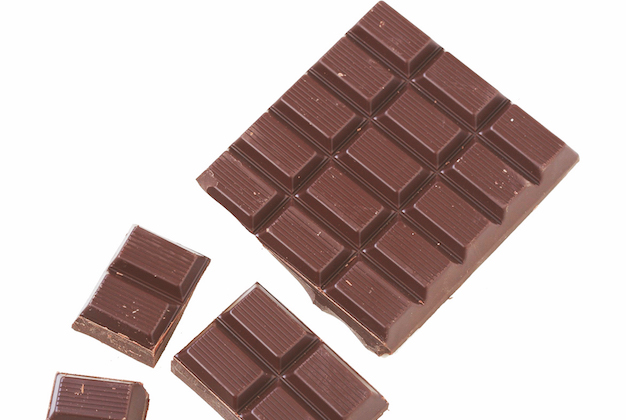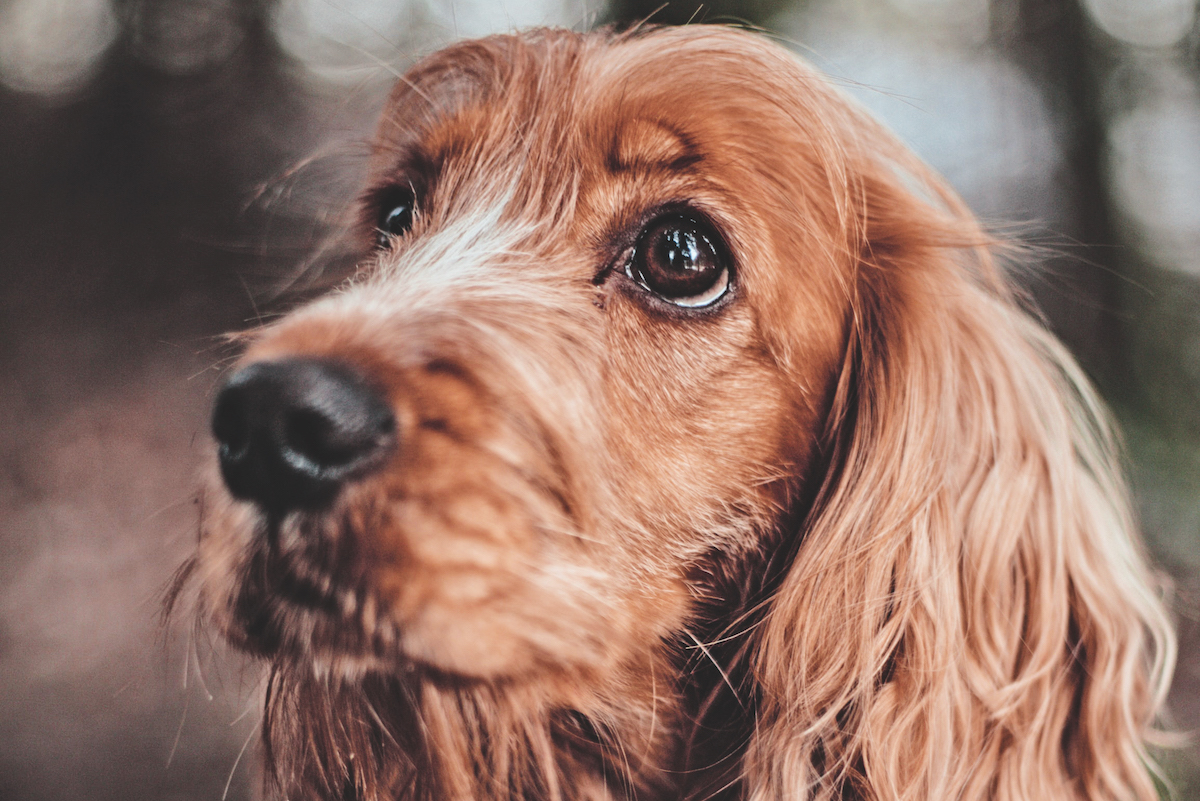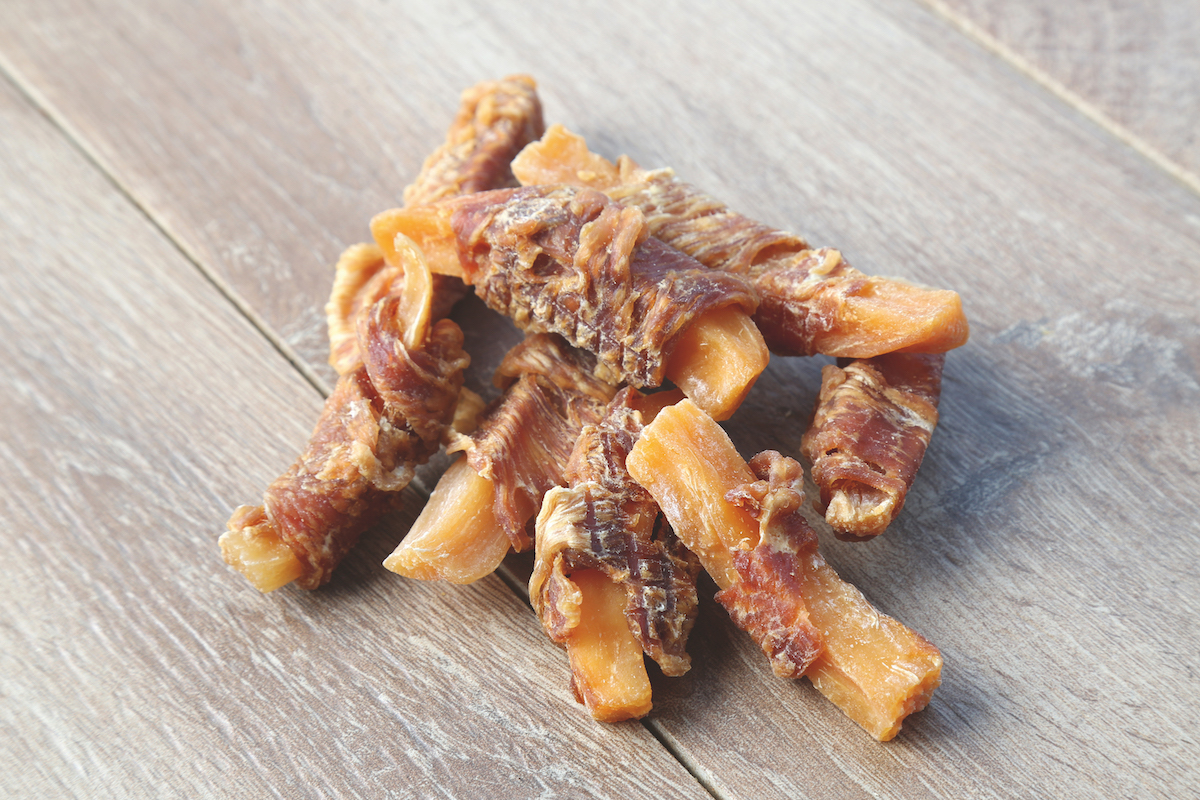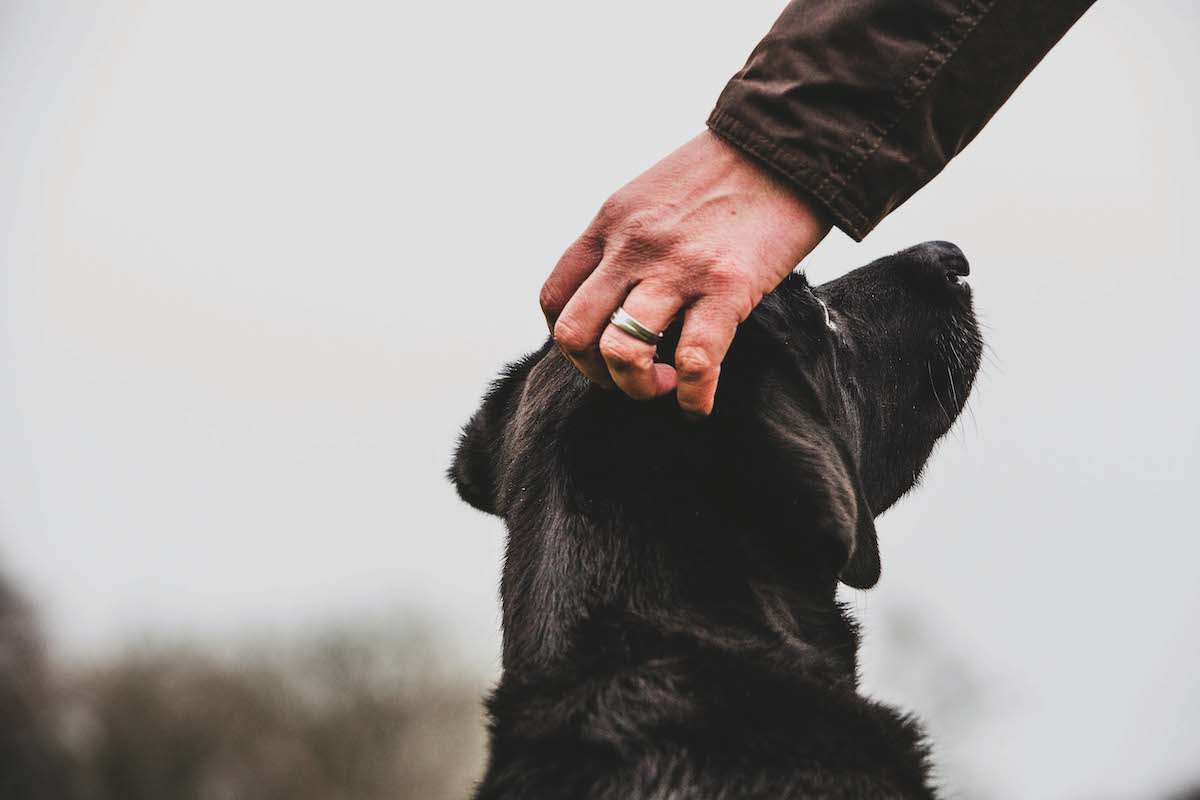Why you should never feed your dogs chocolate
A reader wonders if it's really bad for them ...

Chocolate is very poisonous to dogs
I have always been told that chocolate is poisonous to dogs. Is this really true because I have a friend who often uses choc drops to reward his dog and has never found them to be a problem?
Toxic chocolate
Chocolate is definitely poisonous to dogs and, in sufficient quantity, can cause death due to its toxicity. Chocolate and cocoa contain substances called methylxanthines, specifically theobromine and caffeine, that act as chemical stimulants.
Dogs — and some other animals including horses — can’t metabolise theobromine very effectively and as a result the chemical builds up in the bloodstream to cause, depending on the amount eaten, stomach upsets, an increased heart rate, severe diarrhoea, internal bleeding, seizures, fits and even death.
The effect and signs of poisoning in dogs depends on the type of chocolate, the amount eaten and the size of the breed. For instance, 200g of milk chocolate may cause a Labrador-sized dog to have a stomach upset, whereas a dog of the same size can be poisoned by as little as 15g to 20g of baking chocolate. In general, the darker, richer and more bitter the chocolate, the greater the danger. Any signs of toxicity will usually occur four to 24 hours after your dog has eaten it.
While normal chocolate can be toxic and harmful to dogs, there are specially formulated alternatives available and it is these that some dog food or treat manufacturers add to proprietary brands so that they cause no problem.
My advice is never feed a bar intended for human consumption to dogs, never leave it in a place where your dog could help itself and always ensure that any treats are safe before feeding them to dogs.
How often and how much should I feed my dog?
How many times should I feed my gun dog everyday?
My dog is a picky eater – any ideas for a cure?
I have three gundogs who I have had to separate at feeding times due to fighting.
If your dog should eat chocolate, it is often difficult to know exactly how much and the amount of caffeine and theobromine it contains — sources can vary depending on growing conditions and variety — so it is always best to err on the side of caution and contact your vet for advice if you are concerned.










